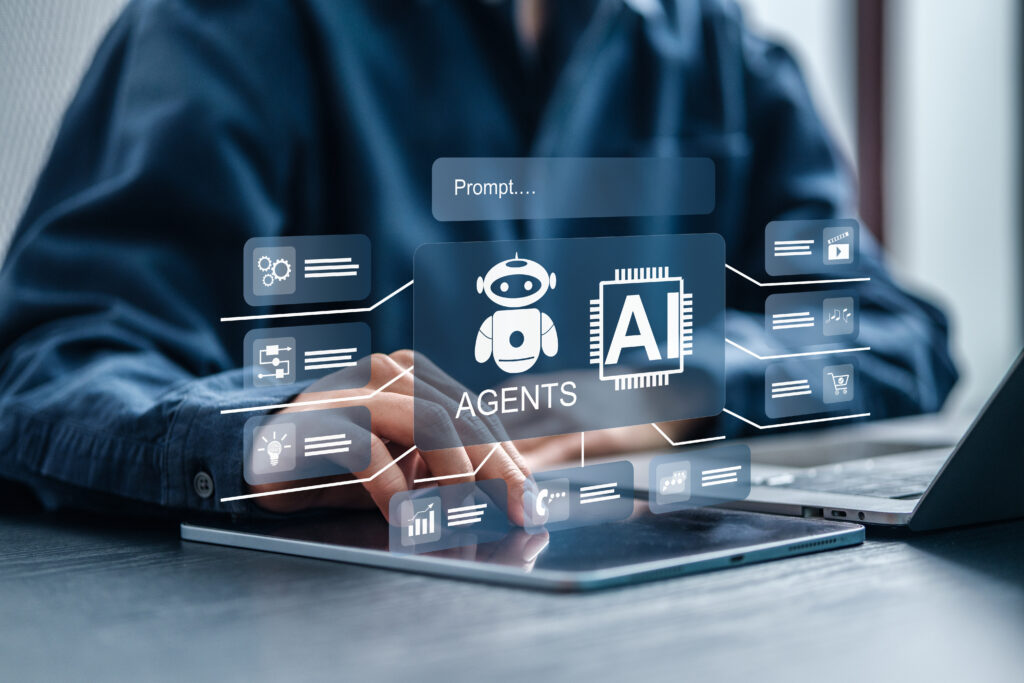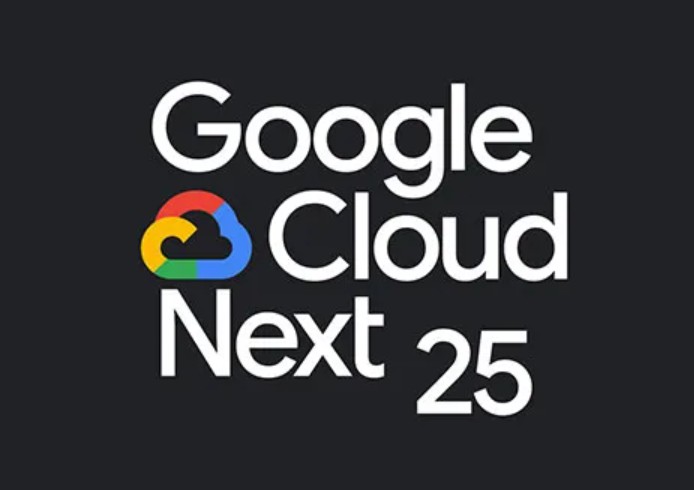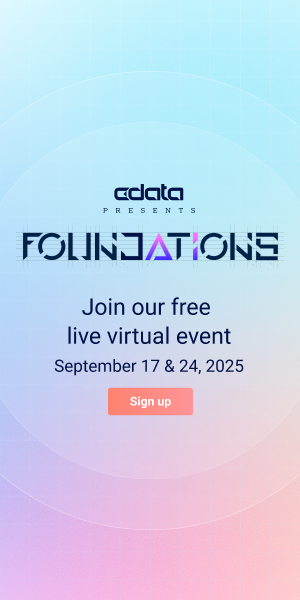At Google Cloud Next 2025, one message resounded across every keynote and announcement: artificial intelligence is no longer a future aspiration—it’s the engine powering enterprise transformation today. For business technology leaders, the event offered far more than product updates; it provided a comprehensive roadmap for embedding AI across the enterprise, from core infrastructure to employee productivity tools.
Google’s strategy is clear: to make AI accessible, scalable, and deeply integrated into the tools and systems businesses already rely on. In doing so, it has positioned itself not just as a provider of AI solutions, but as a strategic partner in the digital transformation of global enterprises.
“With Google Cloud, we see AI as the most important way we can help advance your mission,” said Sundar Pichai, CEO of Google and Alphabet. “The opportunity with AI is as big as it gets. That’s why we are investing in the full stack of AI innovation, starting with the infrastructure that powers it all… In 2025, we plan to invest around $75 billion in total capex to support our AI compute and cloud business.”
Gemini and Vertex AI: Unlocking Enterprise-Ready AI
At the core of Google’s AI platform is the Gemini family of multimodal models, purpose-built to support a wide spectrum of enterprise applications. The newly released Gemini 2.5 Pro offers advanced reasoning capabilities for complex decision-making scenarios, while Gemini 2.5 Flash delivers high performance at lower latency and cost—ideal for customer-facing tools and real-time applications.
These models are available through Vertex AI, Google Cloud’s enterprise-grade development platform that brings together tools for building, tuning, and deploying foundation models. Vertex AI now includes access to more than 200 curated models in its Model Garden, spanning Google’s own Imagen for text-to-image generation, VEO for long-form video creation, and Lyria for AI-generated music, as well as popular third-party and open-source models such as Meta’s Llama and AI21 Labs’ offerings.
Vertex AI has been significantly enhanced with real-time dashboards to monitor usage, latency, and throughput. Tuning tools have been upgraded to provide greater customization and performance optimization. Perhaps most importantly, model grounding—anchoring AI outputs to reliable sources such as Google Search, Maps, enterprise data, and third-party content—helps ensure factual accuracy, a critical need for enterprise-grade applications.
The platform’s ability to integrate data across environments, including systems like SAP, Oracle, and ServiceNow, allows organizations to deploy powerful AI applications without replicating or restructuring existing data stores. Whether hosted on NetApp storage or connected through Google’s Distributed Cloud, these capabilities enable efficient AI deployment at scale.
Building the Future of Work with AI Agents
One of the most transformative announcements at the event was the introduction of Google’s AI agent ecosystem, ushering in a new era of digital assistance. With the Agent Development Kit (ADK), an open-source framework, businesses can now develop intelligent agents capable of reasoning, planning, and even collaborating with other agents.
These agents can be deployed and managed within Google Agentspace, a new platform designed for enterprise users. Here, employees can interact with AI agents to find and synthesize information, automate routine tasks, and drive operational efficiency. Agents can integrate with internal systems, external data sources, and third-party tools, creating a flexible AI-powered layer across the enterprise.
This marks a major step forward in AI adoption—not just as a development tool for data scientists, but as a real-time productivity enhancer accessible to every employee.
Infrastructure for the AI Era
To support the demands of advanced AI workloads, Google announced significant upgrades to its infrastructure. The seventh-generation Tensor Processing Unit, Ironwood, delivers an astounding 3,600 times the performance of Google’s first TPU, with up to 45 exaflops of compute power per pod. Combined with new support for NVIDIA’s next-generation GPUs—including the GB200 Grace Blackwell Superchip and the upcoming Rubin series—Google Cloud offers one of the most powerful and flexible AI compute platforms available.
These advancements are brought together in the AI Hypercomputer, Google’s next-generation supercomputing platform designed to streamline deployment, improve performance, and reduce costs by combining best-in-class hardware with an integrated software stack.
Google’s global Cloud WAN—now available to enterprises—adds another critical layer. Leveraging the company’s planet-scale private network, it delivers application performance improvements of over 40 percent and can reduce total cost of ownership by a similar margin. This is essential for businesses seeking to run low-latency, distributed AI workloads across multiple geographies.
AI Where Work Happens: Google Workspace
AI is also becoming seamlessly embedded in the tools employees use every day. Gemini is now fully integrated into Google Workspace, bringing advanced capabilities to familiar applications such as Gmail, Docs, Sheets, and Meet.
Features like “Help me analyze” in Sheets allow users to quickly make sense of large datasets. In Docs, audio overviews summarize content, making it easier to digest lengthy documents. Google Workspace Flows enables cross-app automation without writing a single line of code—accelerating approvals, reporting, and repetitive processes.
These integrations put powerful AI capabilities into the hands of every knowledge worker, enhancing decision-making and productivity across the board.
Real-World Transformation Across Industries
Google didn’t just share vision—it showcased execution. The keynote featured examples from some of the world’s leading companies. McDonald’s is using Gemini to optimize restaurant operations in real time. Intuit has revolutionized tax preparation with Document AI. Deutsche Bank is improving financial research through AI-powered agents. Verizon is using personal research assistants to enhance customer experiences.
These success stories highlight how Google Cloud’s AI tools are already creating real business impact—reducing costs, increasing speed, and unlocking new services.
A Strategic Imperative for Business Leaders
Taken together, the announcements at Google Cloud Next present a compelling case: AI is not just a technological upgrade—it’s a strategic imperative. The tools and infrastructure needed to implement AI at scale are no longer reserved for tech giants. With its comprehensive and integrated approach, Google Cloud is making it possible for enterprises of all sizes to tap into the transformative power of AI.
What this means for ERP Insiders
AI is now a core business capability, not a future investment. Google made it clear that AI is no longer experimental. With tools like Gemini, Vertex AI, and Workspace integrations, enterprises can implement AI across workflows today—enhancing productivity, decision-making, and customer experiences. Leaders must prioritize AI adoption as a competitive differentiator.
Scalable, secure AI infrastructure is within reach. Google’s advancements in TPUs, GPUs, and the AI Hypercomputer, along with the expansion of its global Cloud WAN, provide the performance and flexibility enterprises need for AI at scale. Technology leaders now have access to infrastructure that supports real-time, distributed, and mission-critical AI workloads.
AI agents will redefine the digital workplace. With the introduction of Google Agent Space and the Agent Development Kit, businesses can deploy intelligent, multi-agent systems that automate tasks, surface insights, and support employees in real time. This marks the beginning of a new AI-powered operating model for enterprise productivity.






